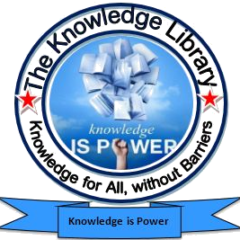Seismology is the scientific study of earthquakes and the propagation of seismic waves through the Earth. It is a multidisciplinary field that encompasses aspects of geology, physics, engineering, and mathematics to understand the causes, effects, and behavior of earthquakes.
Here are some key points about seismology:
1. **Earthquake Occurrence**: Seismologists study the occurrence of earthquakes, including their frequency, magnitude, and distribution in space and time. They analyze seismic activity to identify regions of high seismic hazard and assess the likelihood of future earthquakes.
2. **Seismic Waves**: Seismologists investigate the propagation of seismic waves generated by earthquakes. These waves travel through the Earth and carry information about the earthquake’s source, as well as the internal structure and properties of the Earth’s crust, mantle, and core.
3. **Seismographs**: Seismologists use instruments called seismographs or seismometers to detect and record seismic waves. Seismographs measure ground motion caused by earthquakes and other sources of seismic activity, providing data for analyzing earthquake characteristics and behavior.
4. **Earthquake Mechanisms**: Seismologists study the mechanisms responsible for earthquake generation, including tectonic forces, fault movements, and volcanic activity. They analyze earthquake focal mechanisms to understand the orientation and nature of faulting associated with earthquakes.
5. **Seismic Hazard Assessment**: Seismologists assess seismic hazard by analyzing historical earthquake data, geological evidence of past earthquakes, and probabilistic models of earthquake occurrence. Seismic hazard assessments help inform building codes, land-use planning, and disaster preparedness efforts to mitigate the impact of future earthquakes.
6. **Earthquake Monitoring**: Seismologists operate networks of seismographic stations to monitor seismic activity in real-time. These networks provide early warning of earthquakes, enabling rapid response and evacuation measures to protect lives and property.
7. **Induced Seismicity**: Seismologists investigate induced seismicity, which refers to earthquakes triggered by human activities such as mining, reservoir-induced seismicity from the filling of large dams, and hydraulic fracturing (fracking) in oil and gas extraction.
8. **Plate Tectonics**: Seismologists study the Earth’s tectonic plates and their interactions, which are responsible for most earthquakes and volcanic activity. Plate tectonics provides a framework for understanding the distribution of earthquakes and geological features on the Earth’s surface.
Overall, seismology plays a crucial role in understanding earthquakes, assessing seismic hazard, and mitigating the impact of earthquakes on society and the environment. It contributes to our knowledge of the Earth’s structure and dynamics and helps inform strategies for earthquake preparedness and resilience.



 Users Today : 14
Users Today : 14 Total views : 644365
Total views : 644365